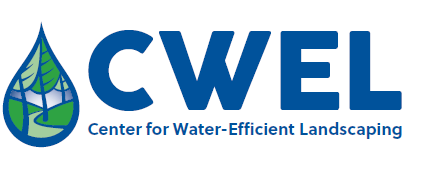Document Type
Article
Journal/Book Title/Conference
Crop Science
Volume
42
Publisher
Crop Science Society of America
Publication Date
2002
First Page
1225
Last Page
1231
Abstract
The effect of returning grass clippings on turfgrass growth and quality has not been thoroughly examined. The objective of this research was to determine the effects of returning grass clippings in combination with varying N rates on growth, N utilization, and quality of turfgrass managed as a residential lawn. Two field experiments using a cool-season turfgrassmixturewere arranged as a 2_4 factorial in a randomized complete block design with three replicates. Treatments included two clipping management practices (returned or removed) and four N rates (equivalent to 0, 98, 196, and 392 kg N ha_1 ). Soils at the two sites were a Paxton fine sandy loam (coarse-loamy, mixed, active, mesic Oxyaquic Dystrudepts) and a variant of a Hinckley gravelly sandy loam (sandy-skeletal, mixed, mesic Typic Udorthents). Returning clippings was found to increase clipping dry matter yields (DMYs) from 30 to 72%, total N uptake (NUP) from 48 to 60%, N recovery by 62%, and N use efficiency (NUE) from 52 to 71%. Returning grass clippings did not decrease turfgrass quality, and improved it in some plots. We found that N fertilization rates could be reduced 50% or more without decreasing turfgrass quality when clippings were returned. Overall, returning grass clippings was found to improve growth and quality of turfgrass while reducing N fertilization needs.
Recommended Citation
Kopp, Kelly and Guillard, Karl, "Clipping Management and Nitrogen Fertilization of Turfgrass: Growth, Nitrogen Utilization, and Quality" (2002). CWEL Publications. Paper 53.
https://digitalcommons.usu.edu/cwel_pubs/53


